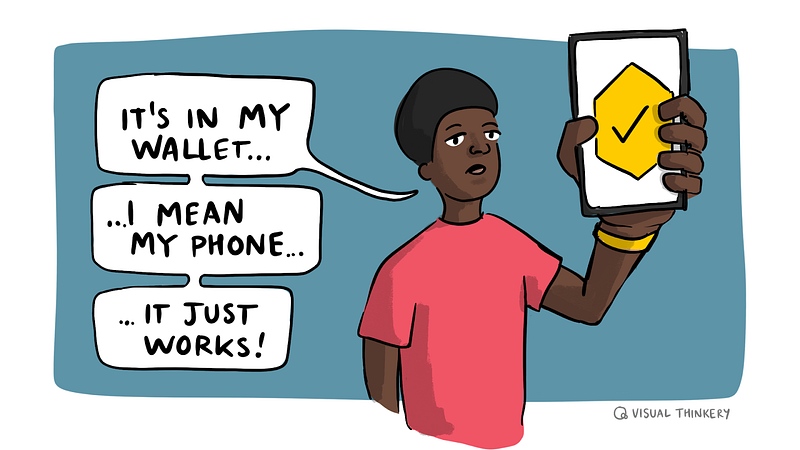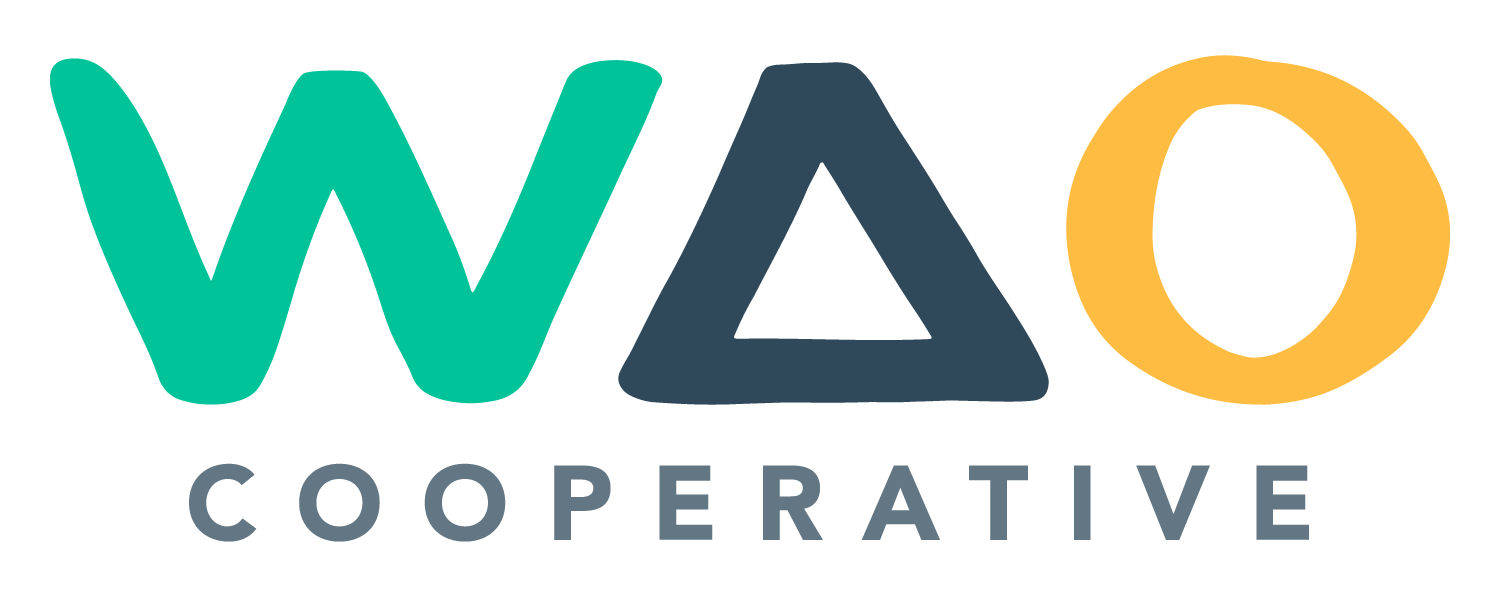
This is the fifth in a series of blog posts drawing on insights from a report authored by We Are Open Co-op (WAO) for the Irish National Digital Leadership Network (NDLN). The report explores the historical roots of credentialing, the emergence of microcredentials, and the opportunities they present for reshaping education and professional development in line with the concept of Open Recognition.
Technology plays a key role in the development and delivery of microcredentials, enabling their portability, transparency, and scalability. By making use of digital tools built on open standards, organisations can ensure that microcredentials are secure, meaningful, and accessible to learners across sectors.
- Part 1 — Introduction and Context
- Part 2 — The Evolution of Credentialing
- Part 3 — Demystifying Microcredentials
- Part 4 — Trends Shaping the Future of Microcredentials
- Part 5 — The Role of Technology in Microcredentialing (this post)
- Part 6 — Challenges and Risks in Microcredentialing
- Part 7 — A Vision for the Future of Microcredentials
Open Standards: Making Credentials Portable and Trusted
One of the key technological foundations for microcredentials is the use of open standards. Open standards ensure that credentials can be shared and recognised across different systems, making them more portable and trustworthy.
Open Badges, first introduced in 2011, set the stage for this revolution. These digital credentials provide important information, such as what the learner achieved, who issued the badge, and the criteria they met. The latest version, Open Badges v3, goes even further by aligning with a global framework called Verifiable Credentials.
This update brings several improvements:
- Learner Control — Credentials can now be managed by the individual rather than being tied to a single institution or platform.
- No Mandatory Image — While the badge image remains a useful visual, the most important feature is the detailed information embedded in the credential, which helps employers and others verify it easily.
- Rich Information — Microcredentials can now include deeper context about what was achieved, such as specific skills, the learning process, and connections to recognised frameworks or standards.
These advancements make microcredentials more meaningful and usable, not just in local settings but internationally as well.
Digital Wallets: Empowering Learners
Digital wallets, sometimes referred to as ‘credential management’ apps, are a transformative tool for managing microcredentials. By storing credentials in a secure, user-controlled environment on their mobile device, learners gain full ownership of their achievements. This flexibility allows individuals to share only the information needed for specific opportunities, such as job applications or further study, while maintaining privacy.
For example, a learner could use their digital wallet to share a single credential with a potential employer, without needing to reveal unrelated personal details such as their age or gender. This approach protects privacy and gives learners greater control over how their achievements are presented.
Digital wallets also facilitate the portability of microcredentials, ensuring that they can be recognised across different contexts. For organisations, adopting digital wallet-compatible credentials demonstrates a commitment to learner-centric practices and enhances the usability of their offerings.
Sector-Specific Applications
Technology enables microcredentials to meet the unique needs of different sectors, enhancing their impact and relevance:
- Charities — Use digital badges to recognise volunteer contributions, fundraising efforts, and advocacy skills, providing participants with evidence of their impact.
- NGOs — Leverage open standards to validate community workers’ skills and promote inclusivity in recognition practices.
- Co-ops — Employ interoperable credentials to highlight informal learning and collaborative problem-solving within member-driven environments.
- Businesses — Integrate microcredentials with existing professional development platforms to enhance employee upskilling and retention, focusing on sustainability or diversity goals.
- Higher Education — Adopt technologies like digital wallets to make credentials earned through co-curricular activities or industry collaborations more accessible and portable for students.
Balancing Innovation with Responsibility
Technology offers new possibilities for recognising and showcasing skills, but its use must be carefully planned to avoid potential pitfalls. Challenges such as over-reliance on specific vendors, risks to data security, and barriers to access can undermine the effectiveness and fairness of microcredentialing systems.
To address these concerns:
- Adopt open-source and interoperable solutions — These reduce the risk of being locked into a single provider’s platform, ensuring flexibility and long-term sustainability.
- Focus on accessibility — Systems should be designed to include users with a wide range of needs, enabling participation from all, regardless of ability or circumstance.
- Prioritise data security and privacy — Organisations must implement robust measures to protect sensitive user information, ensuring compliance with relevant regulations and building trust among learners and stakeholders.
By taking a responsible approach, organisations can ensure that their microcredentialing efforts are not only innovative but also equitable, secure, and adaptable for the future.
Looking Ahead
Technology is more than just a way to expand microcredentials — it is reshaping how learning is recognised and valued. By using approaches built on open standards, organisations can create microcredentialing systems that are secure, accessible to everyone, and focused on the needs of learners.
In the next post, we will explore the challenges and risks associated with microcredentialing, including how to address equity, quality assurance, and unintended consequences.

Discussion